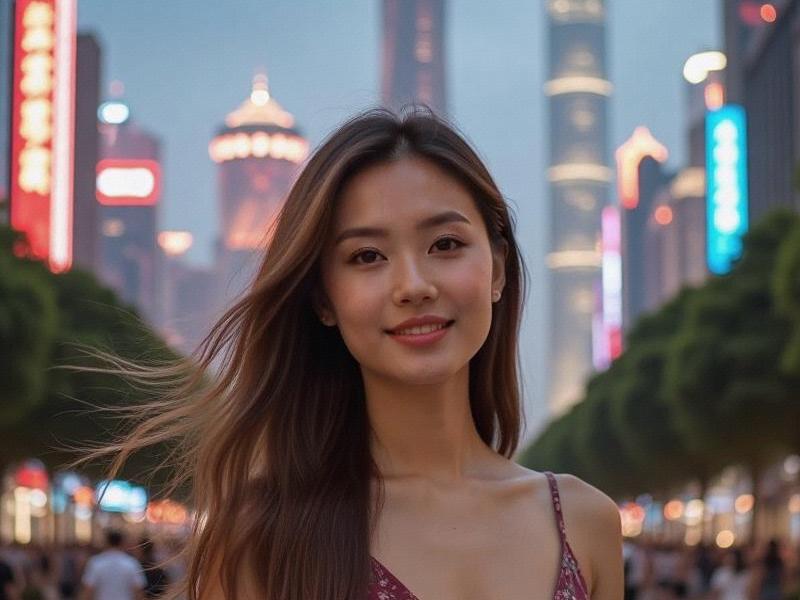This in-depth feature explores how Shanghai's women navigate the complex intersection of traditional Chinese values and global modernity, creating a unique model of Asian femininity.

Section 1: The Historical Context
Shanghai's women have long occupied a distinctive position in Chinese society. From the 1920s "Modern Girls" who first embraced Western education to the 1980s reform-era entrepreneurs, Shanghai's female residents have consistently pushed social boundaries. Historical records show:
- 1934: Shanghai became first Chinese city with female university graduates
- 1987: First all-female business association established in Huangpu District
- 2003: Shanghai implemented China's most progressive maternity leave policies
Section 2: The Professional Landscape
Today's Shanghai women dominate key sectors:
- 42% of senior positions in financial institutions
- 38% of tech startup founders
上海龙凤419油压论坛 - Highest female entrepreneurship rate in China (18.7%)
Yet challenges persist:
- "Glass ceiling" effects in traditional industries
- Persistent wage gaps (average 22% less than male counterparts)
- Cultural expectations of primary childcare responsibility
Section 3: Cultural Expression Through Fashion
Shanghai's streets serve as runways showcasing:
上海龙凤阿拉后花园 - The "New Qipao" movement blending traditional cuts with modern fabrics
- Business casual revolution in Lujiazui financial district
- Sustainable fashion collectives in Former French Concession
Section 4: The Social Paradox
Interviews reveal conflicting pressures:
- 68% feel expected to "have it all" (career, marriage, children)
- Growing "single by choice" movement among professionals
- Rising divorce rates (up 14% since 2020) signaling changing attitudes
上海品茶论坛
Section 5: The Future Trajectory
Emerging trends suggest:
- Gen Z rejecting traditional beauty standards
- Increasing political participation (female council members up 9%)
- New definitions of success beyond marriage and motherhood
As Shanghai positions itself as a global city, its women continue to redefine Chinese femininity - not through rejection of tradition, but through its creative reinterpretation for the modern age.